About
History
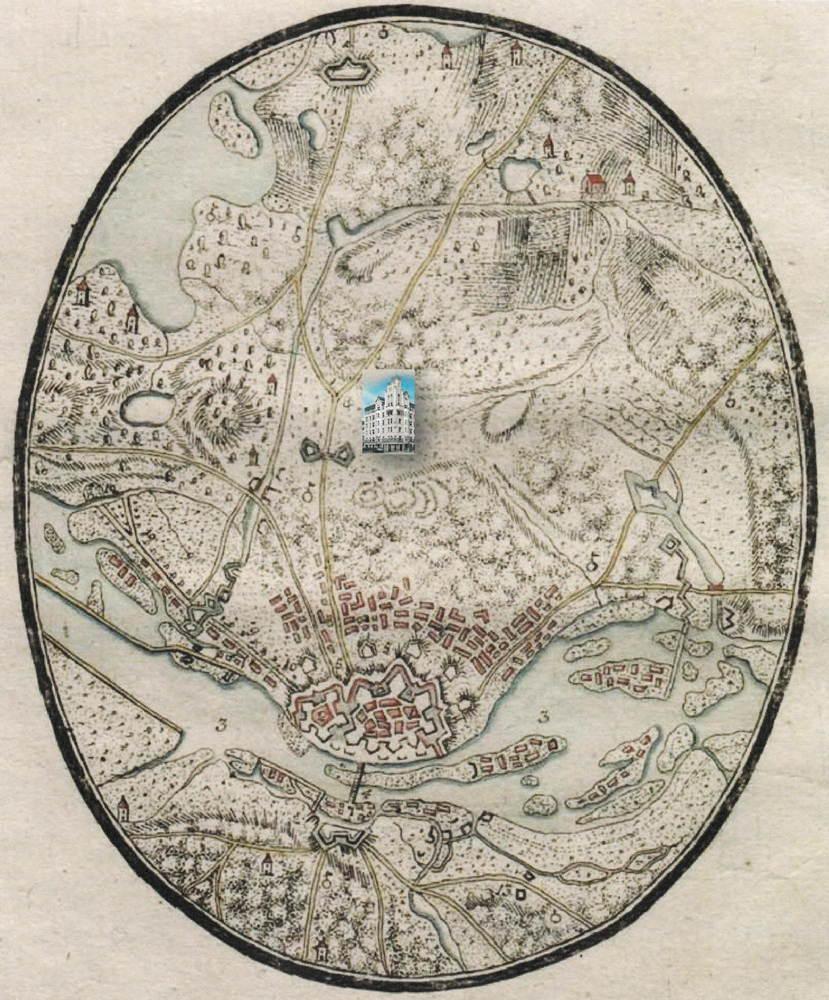
The corner of Gertrudes and Akas streets, where Gertrudes 23/25 building is located, today is the center of Riga. But if we will take a look back to the history, we’ll see, that it wasn’t before, and for a centures there was a lot of inriguing facts, relating to this place.
The city of Riga, as a majority of European cities, founded on the crossing of the trading paths, was built on the right bank of Daugava (Western Dvina) river and for a many years, starting from the 1201, was a fortress.
From the outside the Riga Fortress was surrounded only by wooden houses, because the regulations of fortification prohibited to built stone buildings in the suburbs, and in the case of enemy attack, all houses should be burnt for the same time preparing the place for a battle. For the period from the 1559 to the 1812 Riga suburbs have been burnt 8 times, or roughly one time in 30 years
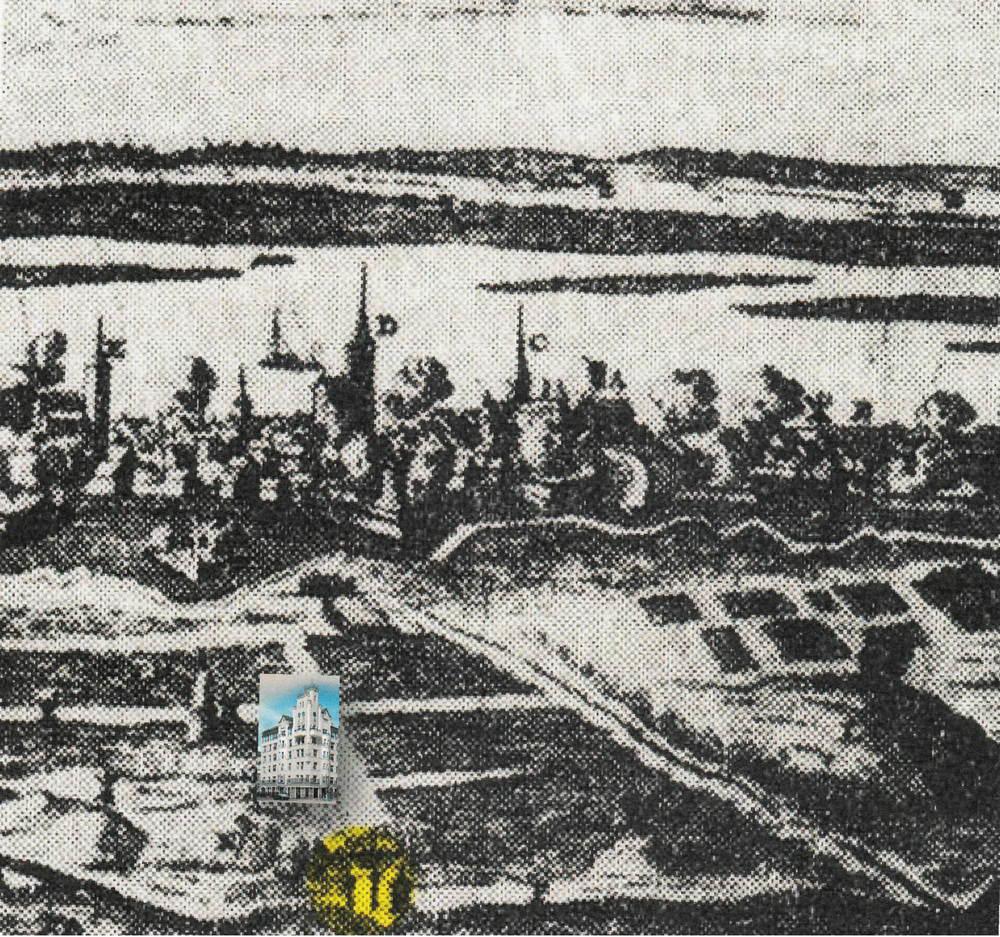
There were 3 suburbs at those times:
- Elgavas (Mitavas) – on the Daugavas left bank.
- Maskavas - on the Daugavas right bank, – starting from Marias street and further up to Maskavas street.
- Gertrudes (later Petersburgs) – starting from Marias street and further up to Kr.Valdemara street
Behind the Kr.Valdemara Street at that time there were located only pastures and lonely rare houses. Every suburb had its own fortified border - wooden picket fence fortification (palisade) and sometimes near palisade there were also water canals.
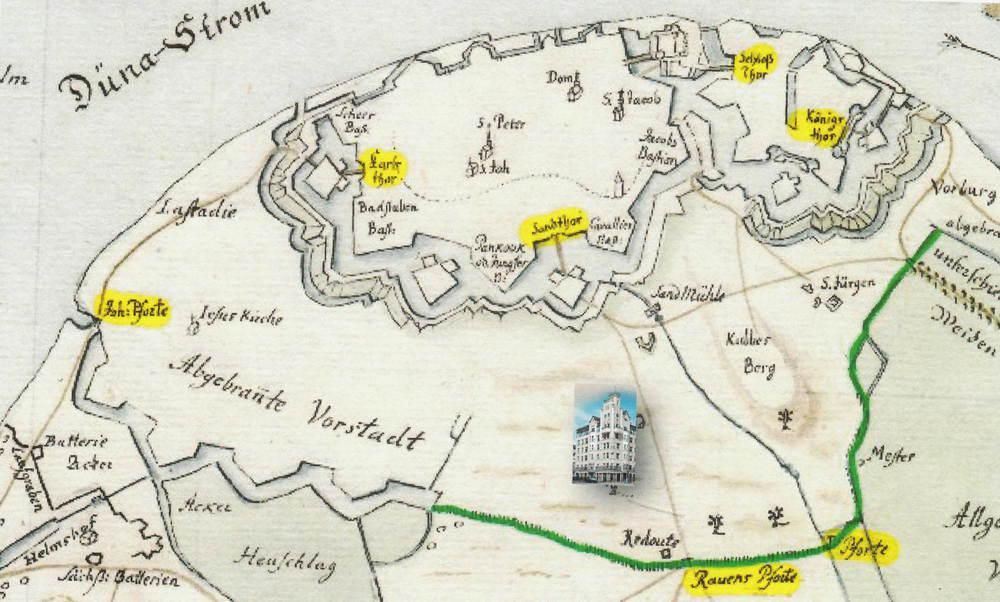
In the first half of the XVIII century the fence (inclosure) of the Riga city ran along the modern Dzirnavu street from the railway, then till the corner of Marias and Blaumana street, following to the corner of Kr.Barona and Lachplesha street, till the corner of Gertrudes and Akas street, exactly op to the place, where Gertrudes 23/25 is located, and then along the Gertrudes street up to the Valdemara street. And from that place until the Elizabetes and P.Brieza street, at the same time creating the second circle of fortification around the city.
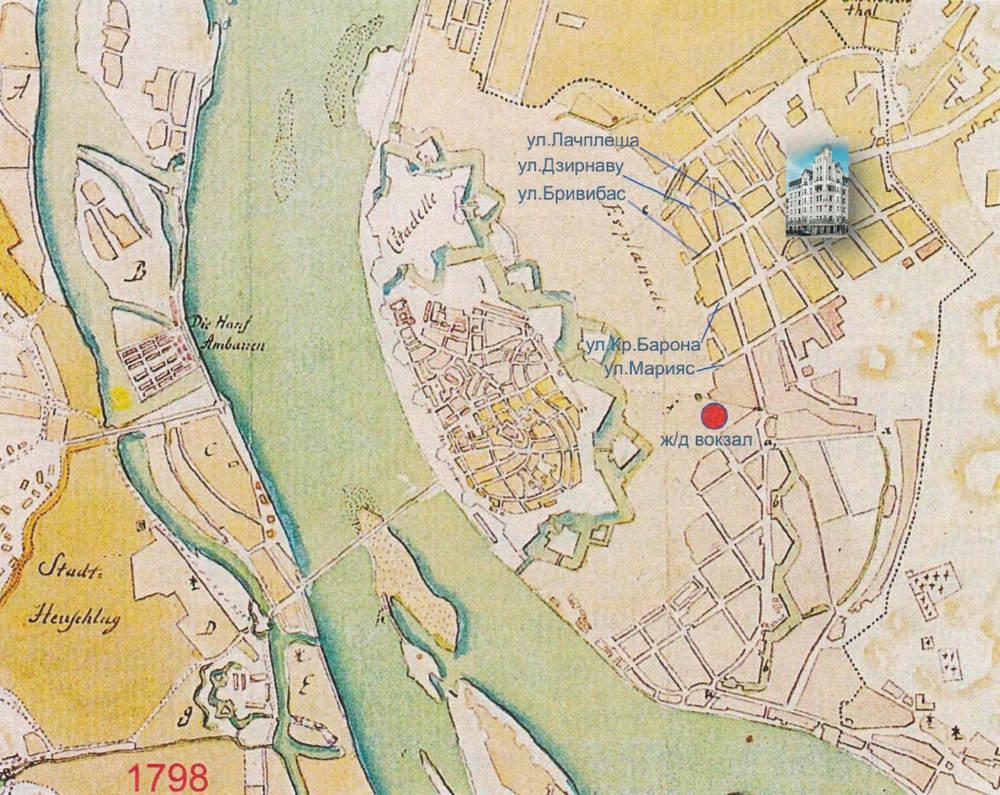
For enetring inside suburbs, from each side, in palisades have been constructed four entrances:
- Gate Raunas at Brivibas street (later Petersburgs)
- Gate Ioannas at Maskavas street.
- Gate Belilnie at Kr.Valdemara street
- Gate Pastbischnie at P.Brieza street.
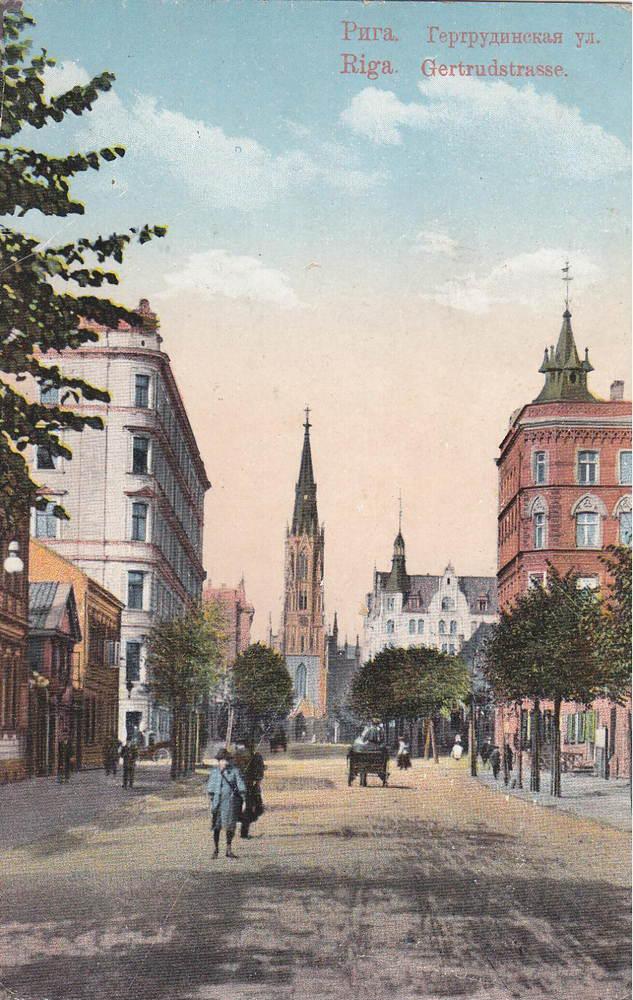 In the beginning Gate Raunas have been located near the modern corner of Gertrudes and Brivibas street (close to our house) – and exactly from that place started the path to the Bishop of Riga Palace in Rauna. The only little evidence on existance of this Gate have been kept till now, it’s the name of Akas street (street of draw-well), as there was a draw-well, where peasants watered horses before entering the city. Nevertheless, at the end of the XVIII century the border of the city was moved farther.
In the beginning Gate Raunas have been located near the modern corner of Gertrudes and Brivibas street (close to our house) – and exactly from that place started the path to the Bishop of Riga Palace in Rauna. The only little evidence on existance of this Gate have been kept till now, it’s the name of Akas street (street of draw-well), as there was a draw-well, where peasants watered horses before entering the city. Nevertheless, at the end of the XVIII century the border of the city was moved farther.
Starting from the middle of the XIX century Petersburgs district found himself inside the enclosure of Riga and began develop rapidly. Among the main reasons was the fact that in the 1857 the status of fortress was withdrawn from Riga. This was an incitement for Riga for fast industrial and trading progress. If at the border of 19 and 20 century Riga would not have been rich trading and industrial city, the third in Russian Empire by the number of workers, then the center of the city, including Gertrudes street would have look like wooden 2 storey’s human settlement. But Riga becomes richer and richer. In former Peterburgs suburb, where Gertrudes street has been located, many new stone multistory buildings have been erected in accordance with European architectural fashion, including Modern Style.
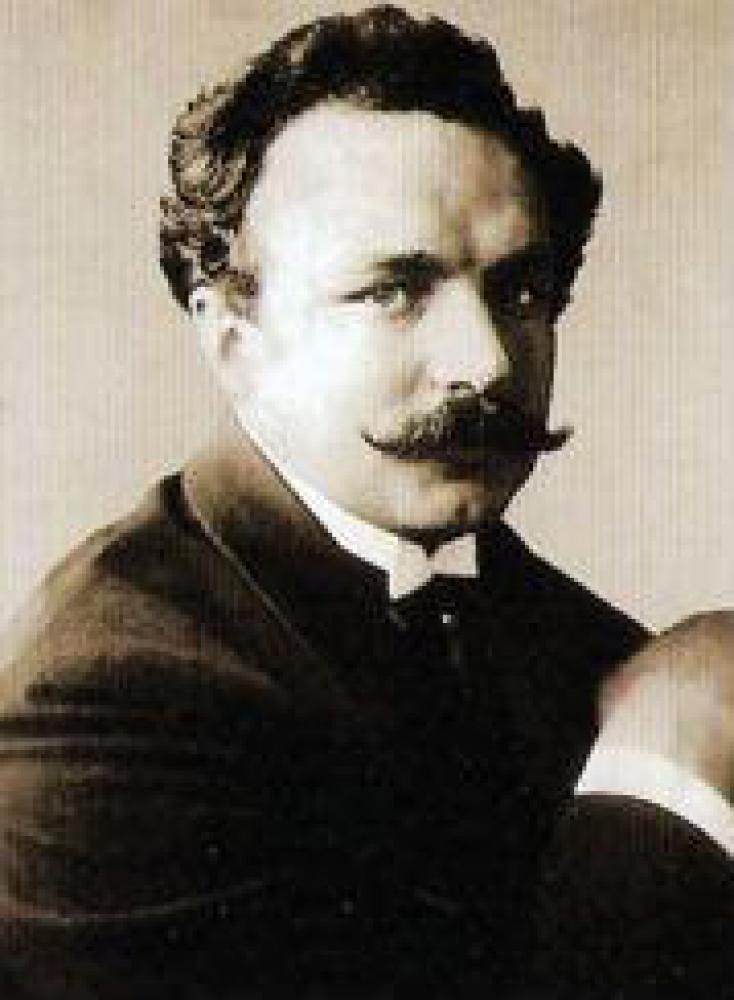
Eizens Laube was born in 1880, he finished Riga’s politechnical institute in the 1906. He became one of the brightest representatives of Latvian architecture style of „national romantism”. Upon his project the building on the corner of Gertrudes and Akas street was built in 1909. The house was known as Kempels house, by the name of the first owner – Gustav Kempel.
The silhouette of central towers of the building was designed in the way to remind the shape of old Latvian castles.
Later, in 1912, E.Laube rebuilt the house nearby at Akas street, had connecting two houses into one architectural complex.
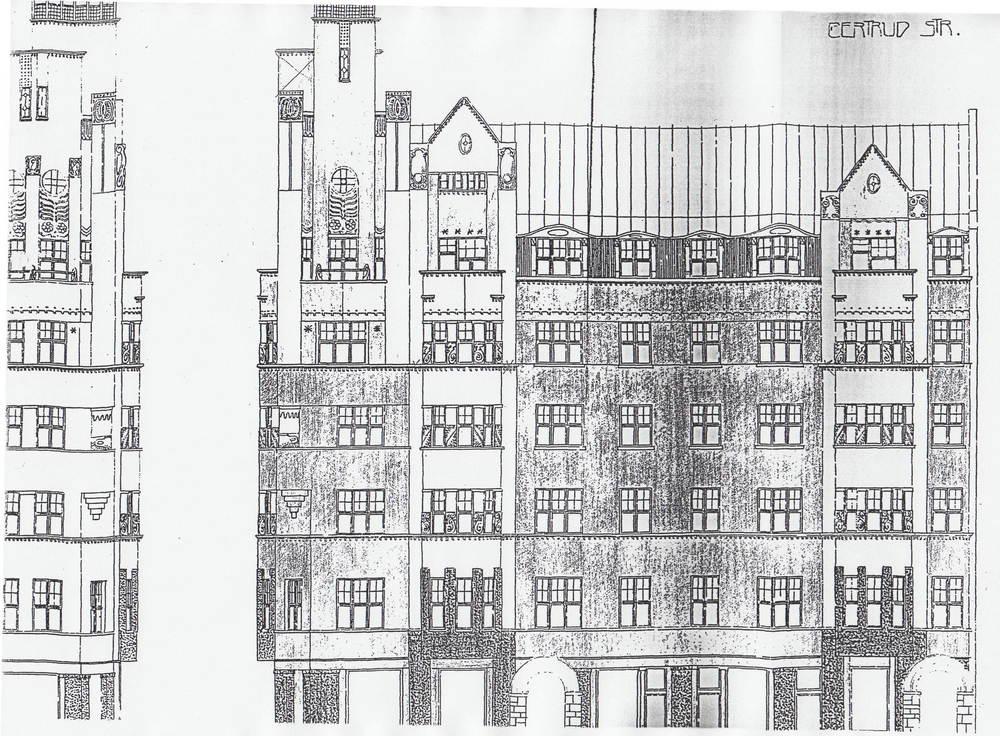
During his carreer of an architect, E.Laube became the author of more then 80 residential and public buildings, and thanks to his works, Riga recieved her recognizable original appearance. As a result of his creativity, we can enjoy more than 200 architectural works, as well as interiors of many famous public buildings, premises, and halls for grand meetings. His masterpieces including The building of the Latvian Parlament, The building of Latvian Society, Riga Palace building, Kemeri Hotel and many others became a part of Riga history.
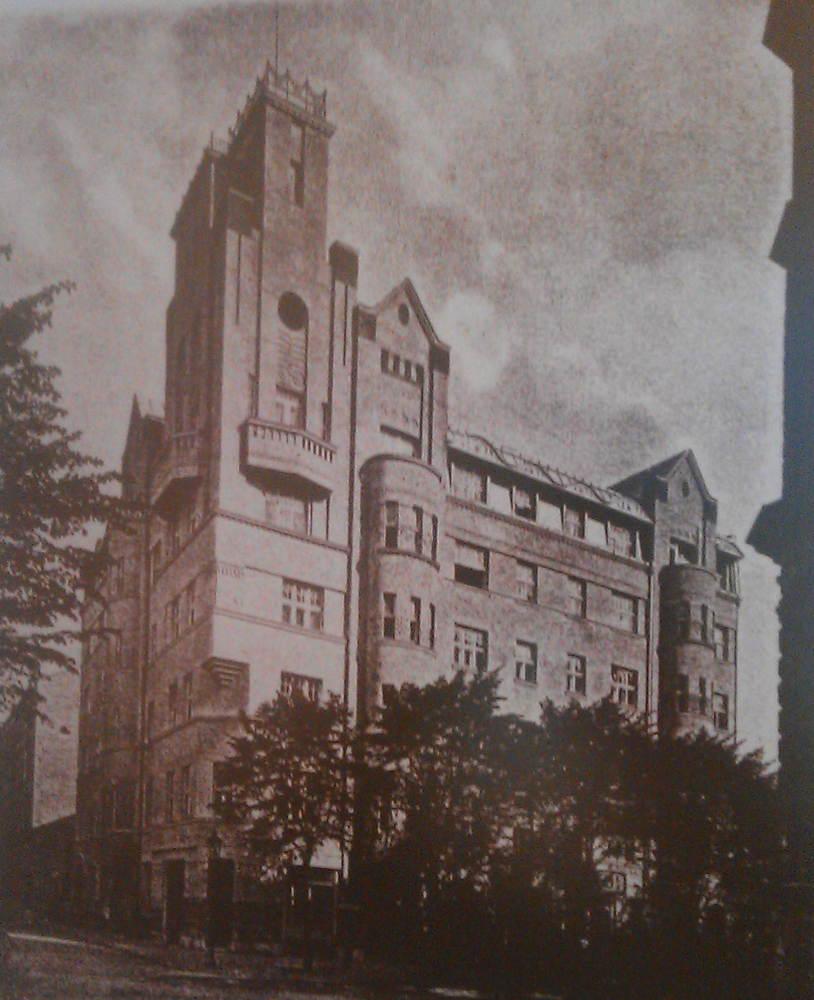
Gallery







